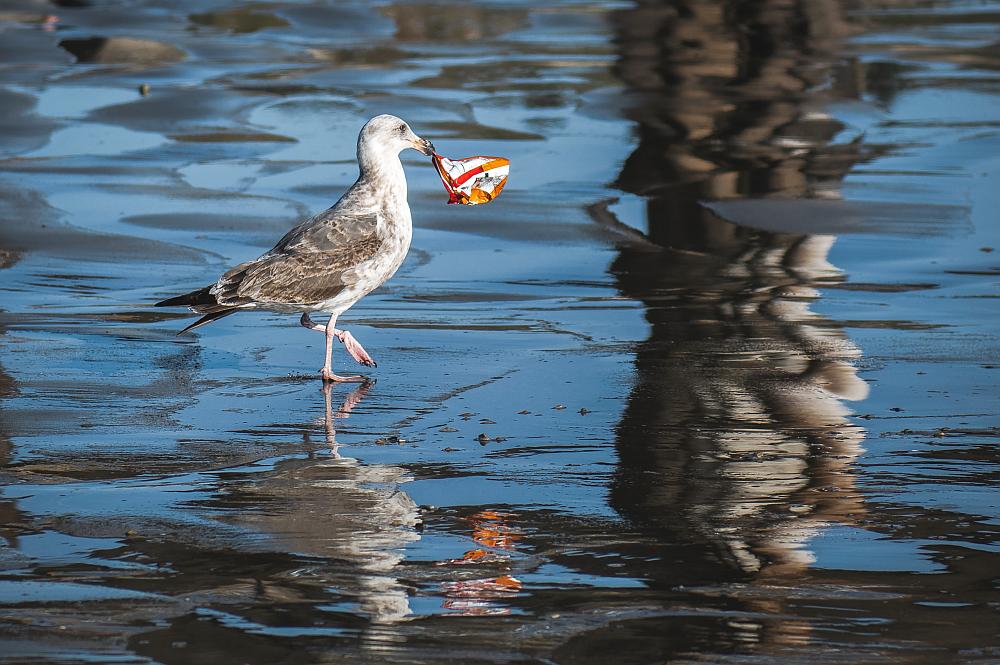There are very few observing systems for ocean pollution in Arctic waters.
Challenges:
There are very few observing systems for ocean pollution in Arctic waters, but new methods are under development based on sampling on water masses from moorings and FerryBox systems.
Results from INTAROS:
Two methods have been tested by NIVA for collecting observations of ocean pollution. Passive contaminant sampling cages were placed on fixed ocean moorings north of Svalbard to collect contaminant samples year-round at various depths. A number of different chemicals were quantified from the four recovered passive sampling devices, including between 6 and 7 PAHs (polycyclic aromatic hydrocarbons) consistently detected in passive sampler extracts. Such measurements are very scarce in polar regions. An automated micro-plastic sampler was implemented as a part of FerryBox measurements and installed on M/S Norbjørn, operating between the Tromsø and Svalbard. Samples of plastic particles in three size categories were collected from several transects along the route and for each sample over 1000 liters of seawater is pumped through the filter. During analysis, plastic particles are identified as fragments and fibers, the latter component prevailing. The highest concentrations of fragments were observed near the Norwegian and Svalbard coast. This is in line with the higher levels of human activity and sources of plastics in coastal regions.
